Reasons Why Bodybuilders Packed More Muscles Than Powerlifters
If you attend any gym, you will likely come across a vast array of different individuals who may be training for a whole multitude of reasons.
Lurking in the depths of the free weights area, you will find the bodybuilders and powerlifters. Bodybuilders are all about the aesthetics and building an impressive physique whereas powerlifters are all about pushing and pulling extremely heavy loads.
What Causes Bodybuilders to Build More Muscle Than Powerlifters?
You are likely to come across bodybuilders and powerlifters in the same environment as there are certain principles of training which are universal for both the powerlifter and bodybuilder. However, there is a difference between their methods of training which have a significant impact on their respective physiques.
1) Sport-Specific Goals
Both the bodybuilder and powerlifter will typically be training in preparation for a specific event – either a bodybuilding or powerlifting competition.
As I’m sure you are aware, the bodybuilding competition is all about aesthetics – how the individual looks. Judges will assess each competitor on specific aspects of muscular development – including size, symmetry, definition, and proportion. (1)
Powerlifting events meanwhile have nothing to do with aesthetics. Rather powerlifting events are all about raw strength and how strong you are across 3 individual lifts – the deadlift, squat and bench press. You perform maximal lifts for each of the exercises with your results being recorded and totaled to give an overall score. (2)
Level Up Your Fitness: Join our 💪 strong community in Fitness Volt Newsletter. Get daily inspiration, expert-backed workouts, nutrition tips, the latest in strength sports, and the support you need to reach your goals. Subscribe for free!
Training for both sports will revolve around strength work however, there are a few subtle differences between the methods used by both powerlifters and bodybuilders to ensure they are suitably ready for their respective events.
2) Strength vs Hypertrophy
Leading on from point number one, it’s important to understand the differences between muscular strength and muscular hypertrophy. Strength relates to the muscle’s ability to generate force against a resistance. Muscular hypertrophy specifically refers to growth in muscular size. (3)

3) Sets and Reps for Both Sports
Over the years, many studies have been completed which investigate whether certain numbers of sets and reps have an impact on improving specific fitness components. The research tends to indicate that there is an optimal volume for building both build muscular strength and hypertrophy.
For optimal strength building, the recommendation is to complete anything between 1 to 5 reps per exercise. For efficient muscle growth, 6 to 12 reps are generally the recommendation.
In light of these findings, powerlifters adopt strength based training and generally focus on sets of 1-5 repetitions whereas bodybuilders will typically focus on 6-12 repetitions per exercise. Occasionally bodybuilders may work to muscular failure and therefore may actually complete more than 12 reps for a particular exercise. (4)
4) Maximizing Muscle Stress and Fatigue
Bodybuilders may limit their range of motion with their exercises to increase the time that their muscles spend under tension. The purpose of maintaining the time spent under tension is simple – to increase the strain and demand placed on the muscle. This will cause the muscle to react, recover and increase in strength and size.
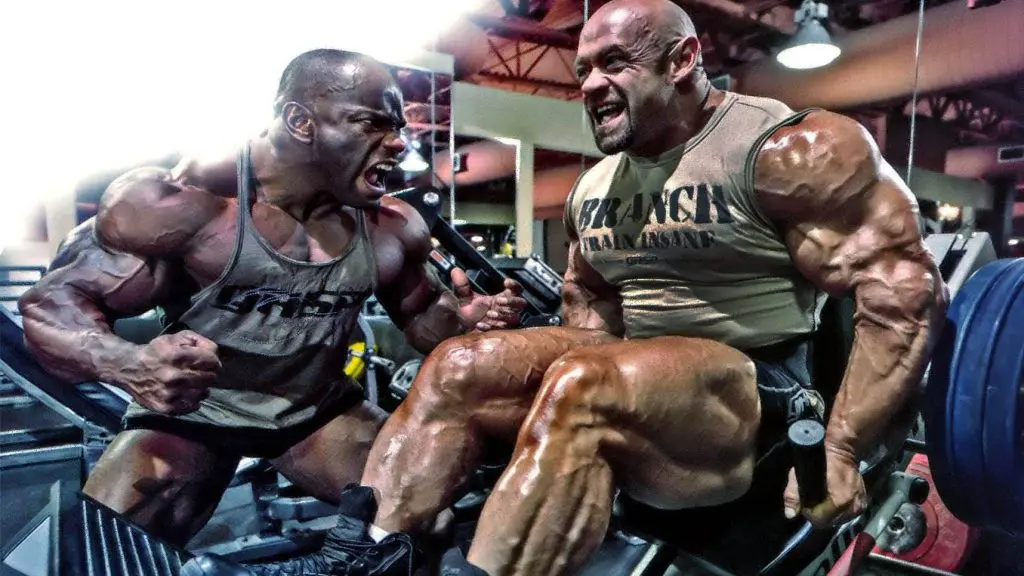
In addition to this, bodybuilders may also use advanced methods to apply stress and fatigue to the muscle to force it to grow. Some common methods include supersets, drop sets, giant sets and forced reps. (5)
Although these methods are beneficial for the bodybuilder, there is little need for powerlifters to perform this type of work as it is not required for their sport. As a result, they will not build the same extent of mass as the bodybuilder.
5) Equipment Used For Training
Because bodybuilders are going to be judged on things like muscle symmetry and proportion, they will often adopt isolation exercises to build size in specific areas. Isolation exercises are typically small movements which use just one joint/muscle group (for example, the bicep curl). They are much more likely to utilize resistance machine as well in order to isolate and apply maximal stress to specific muscles. (6)
Powerlifters meanwhile will focus predominantly on compound exercises which are “big” exercises (i.e squats) to bring about maximal strength improvements and are unlikely to perform a much isolated or machine-based exercise.
6) The Calorie Surplus and Deficit
We’ve talked a lot about training differences so far but we’ve not covered the differences in nutrition. To drive muscular growth, bodybuilders must place themselves in a calorie surplus.

In the build-up to the competition, the bodybuilder must then go into a calorie deficit which is the opposite of a surplus. This is where you consume fewer calories per day than your body requires. The purpose of this is to drop as much body fat as possible for competition.
Powerlifters may also place themselves within a surplus in an attempt to drive strength improvements however, it’s not normally essential. The majority of powerlifters will not require the same amount of calories as bodybuilders and they will normally be in maintenance. This is where you consume exactly the right amount of calories per day to maintain strength and muscle.
Final Word
The above-mentioned reasons may explain why bodybuilders are more likely to pack on greater size than powerlifters, however, it is by no means intended to be universal. There are many other factors that can influence the rate at which you build or muscular size or muscular strength.
Both sports are likely to cause a great degree of muscular growth yet the combination of bodybuilding training methods and appropriate nutrition will typically result in greater growth.




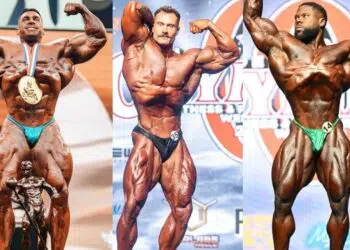
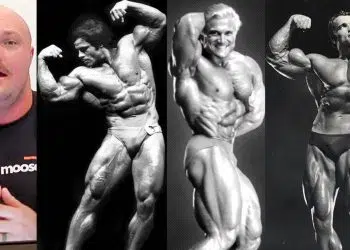
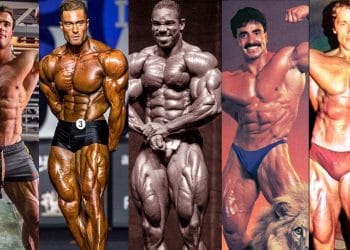
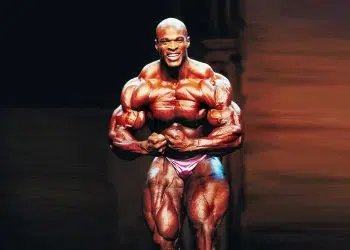


It’s interesting that bodybuilders intentionally limit their range of motion in favor of putting more strain on a muscle. My brother wants to get into bodybuilding, but he doesn’t know what techniques to use to put on mass like the pros do. I’ll pass this information along to him so that he can look into putting more stress on his muscles.
If your brother wants to compete in bodybuilding he will need a lot of oney for a lot of steroids! Unless he goes the natural route.